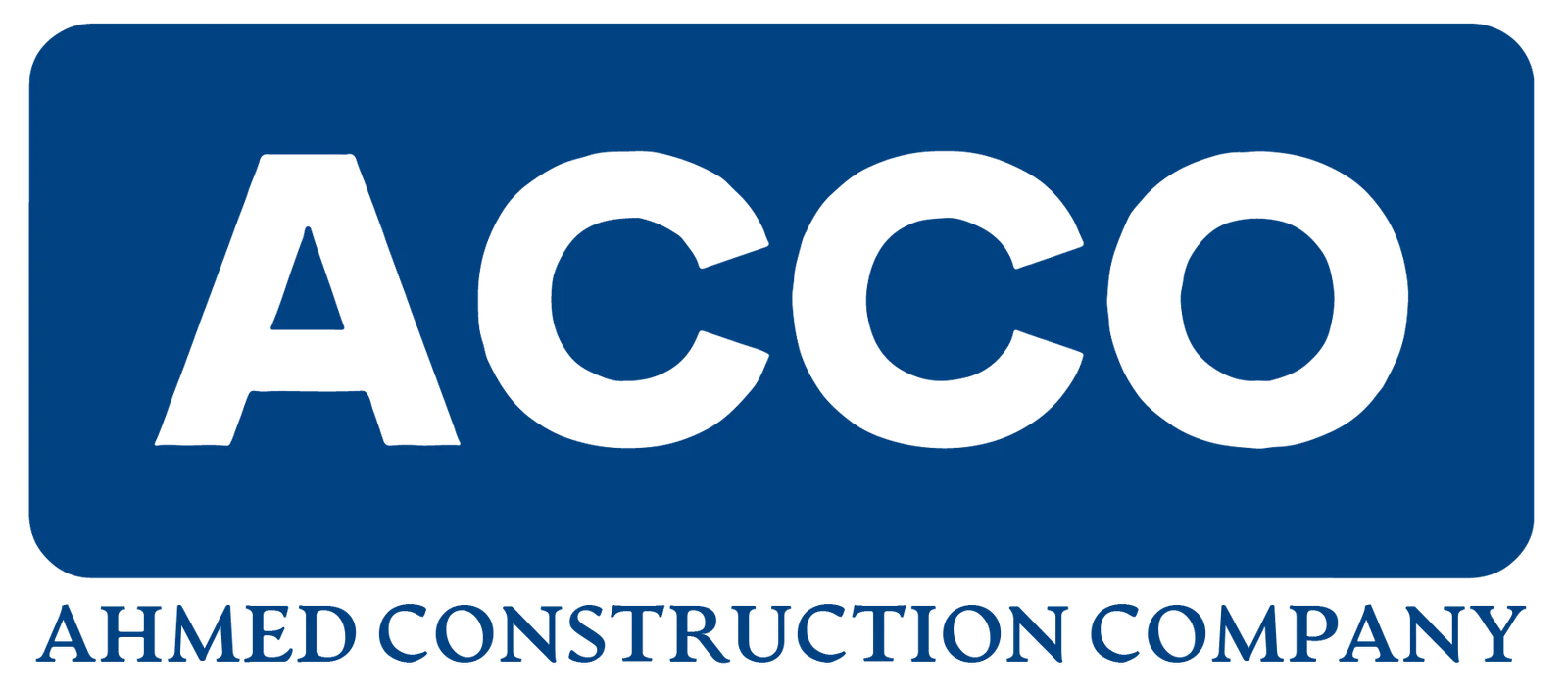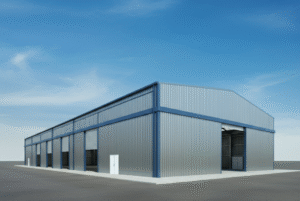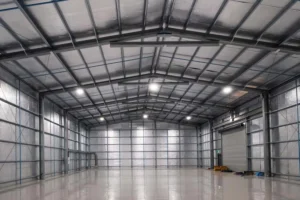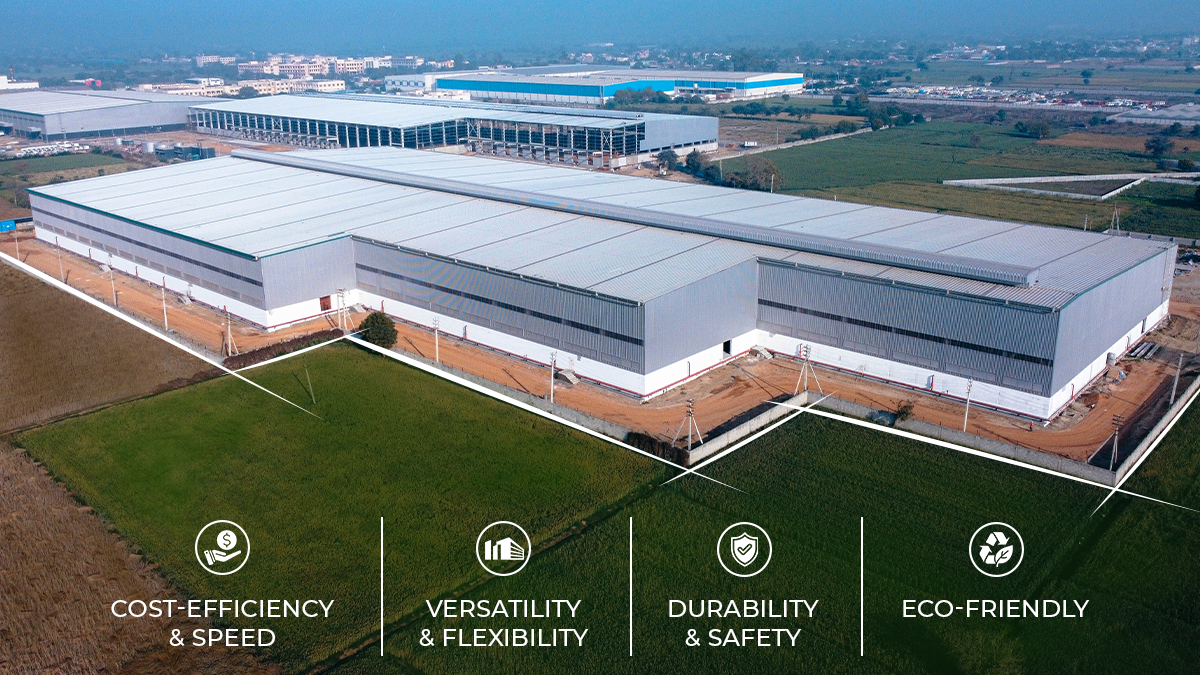
The Pricing Plan is Right
[ad_1]

Philip Shucet
Ispent nearly 50 years benefitting from the phenomenon of transportation supply creating its own demand. The more lanes we built, the more work there was for us to do. Now I spend most days thinking about how to manage demand. With good intentions, we left a few messes for others to fix. New York City’s controversial congestion pricing program, which recently began charging a $9 fee to most vehicles entering the central business district below 60th Street in Manhattan, is a reasonable step toward a practical solution.
After announcing an indefinite pause last summer, Gov. Kathy Hochul (D) revived, restructured and reduced the consumer cost of the city’s tolling plan in November. While the news focused heavily on politics—suggesting that she acted to spite Donald Trump ahead of his second presidential term—New York’s congestion problem is real. The facts support it.
As traffic rebounded after the pandemic, INRIX, a private transportation data analytics company, reported that congestion in New York City ranked fifth in the world in 2021, behind London, Paris, Brussels and Moscow. But by 2024, the city ranked second-most congested globally as traffic surged back into the central business district, with more traffic today than it was pre-pandemic. That attests to the relentless desire for cars to seek out and occupy every inch of available space in the central business district, even as travel speeds become measured in inches.
There are four general solutions for overcrowded streets, all rooted in sound economics that work when too many cars try to fit in a limited number of traffic lanes: build more lanes to increase supply; improve transit to urge commuters out of automobiles; charge a fee to reduce demand; or congestion—the traffic equivalent of waiting in line.
Congestion until this week has been New York’ City’s answer. Vehicles wait in line to crawl into the central business district. While congestion is a valid economic answer, it wears thin on drivers, irritates commuters in taxis and vehicles for hire, annoys pedestrians trying to squeeze between cars on jammed streets and disappoints business owners who rely on customers for their livelihood. There’s no cry for more congestion.
Adding more traffic lanes is an unreasonable—and practically undoable—approach. It recalls past mistakes rather than future solutions, and the city already has filled the spare space with added bus and bicycle lanes. There’s no room to do more. Even if space was available, imagine ripping out city businesses for construction. No.
Bus and bicycle lanes improve transit in small doses. But New York City’s subway system is the big nut when it comes to moving people into the central business district. The Metropolitan Transportation Authority says in 2023 about 1.2 billion people rode the subway and 430 million rode the bus.
Money raised from the congestion pricing program ticks off two of the four ways to curb congestion—price supply to cut demand, and invest in transit to make that option more attractive to drivers.
Although pushback on the $9 fee is understandable, it’s also reasonable to wonder if the price will be enough to visibly curb congestion. Will the fee move the city in the right direction on the list of the most congested cities? Are the planned investments in transit enough and will they be put in place soon enough? Will revenue from the program be enough to pay for transit improvements?
Fee payers will expect results. Rightly so. MTA now refers to the central business district as the Congestion Relief Zone. Promising city relief is a high bar to clear. It must stay focused on meeting expectations. We grew up with a surface transportation system viewed as “free.” It isn’t. It never was.
An unfortunate outcome of that misperception is that investments in transportation lag behind crowded, and in some cases, crumbling infrastructure. Too often we expect public money to accommodate our private travel needs without fully holding up our end of that proposition. Also, it’s expedient at times to forget that we are the source of “public” money. If we expect benefits, we have to shoulder our fair share of the costs. That’s where New York City sits as we drive into a new year.
Politics notwithstanding, it’s time to put New York City’s congestion pricing program in drive.
[ad_2]
Source link
Post a Comment
You must be logged in to post a comment.
